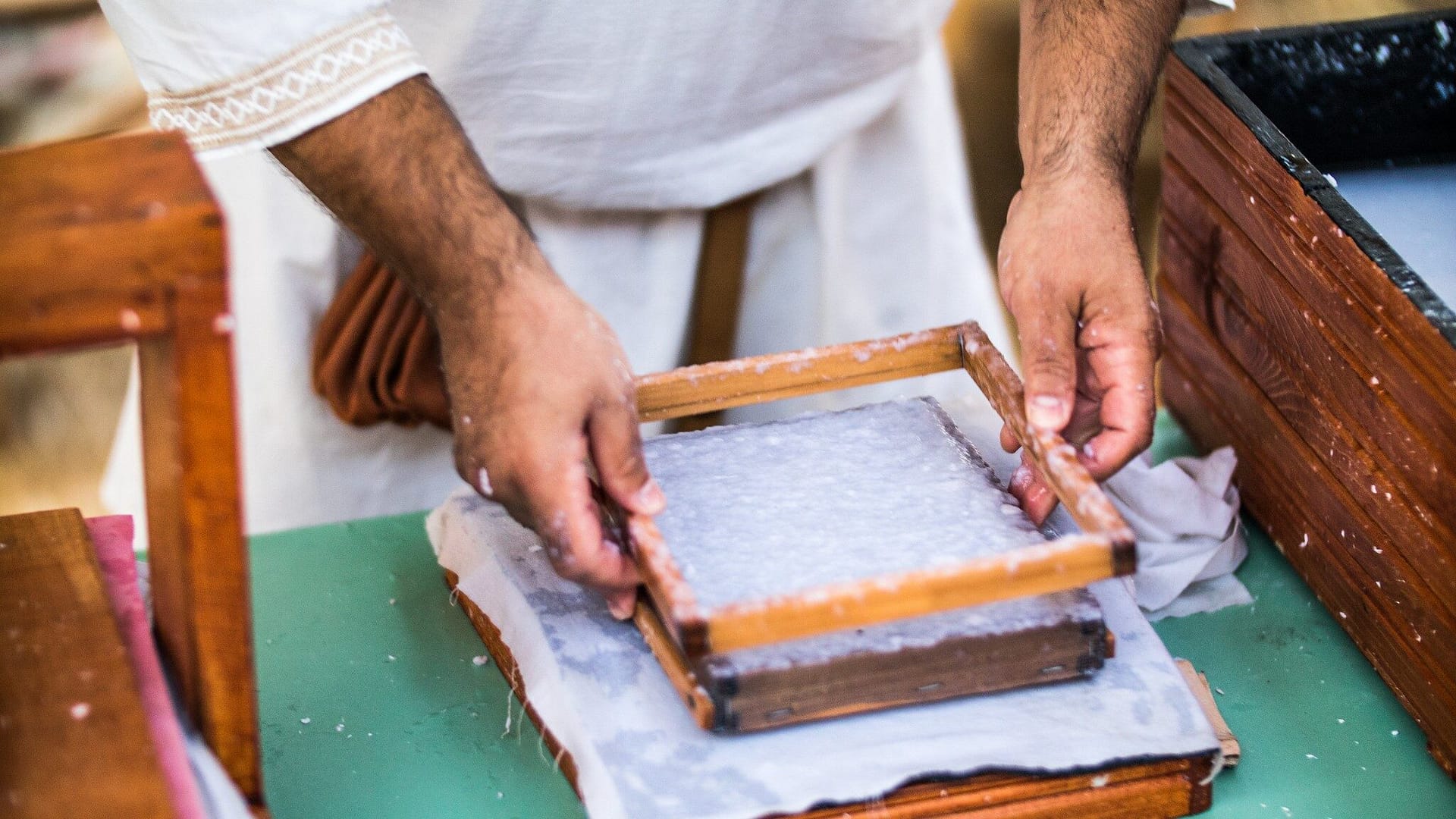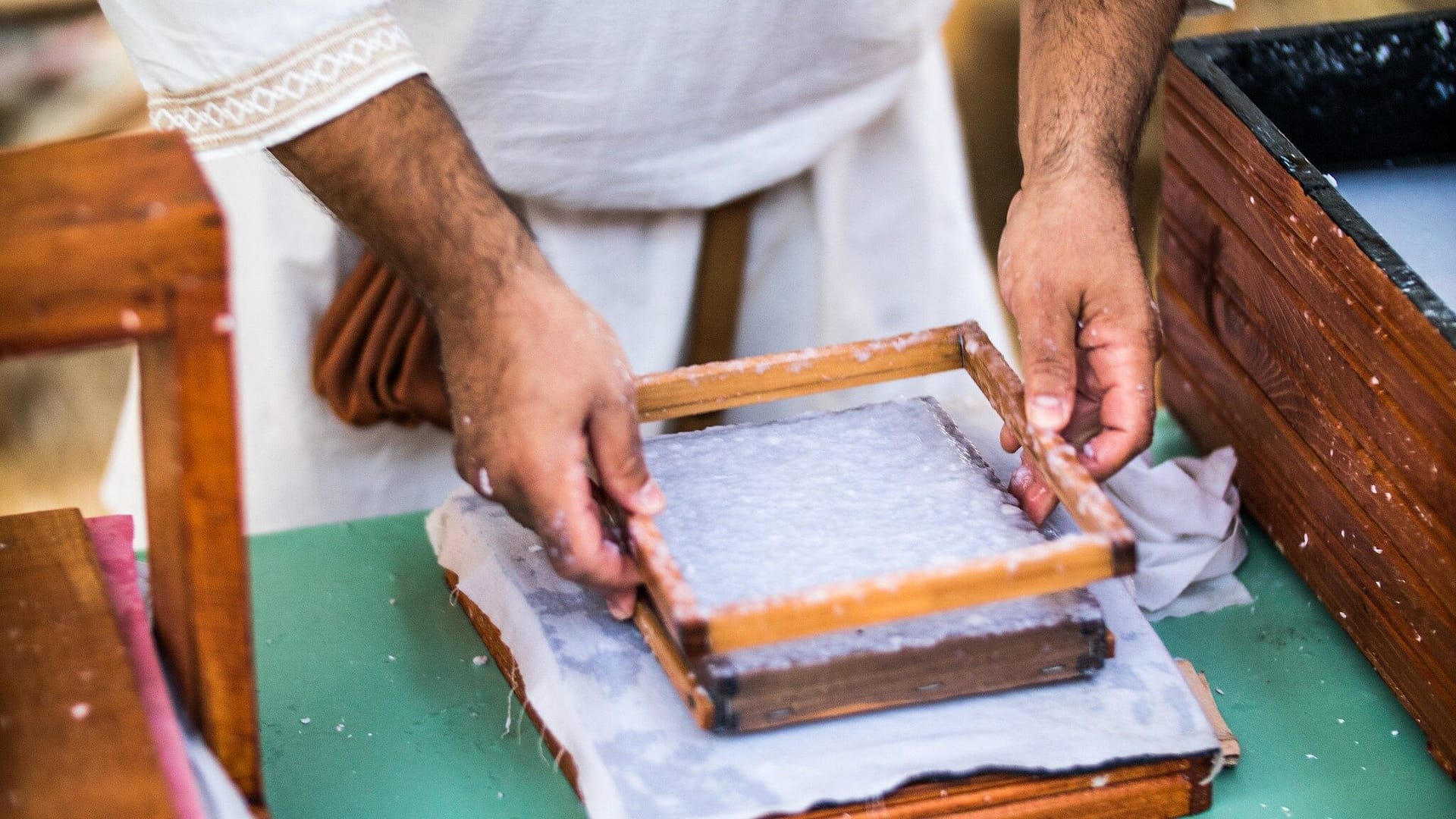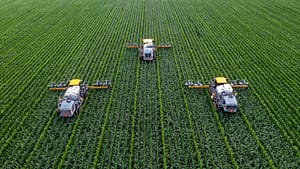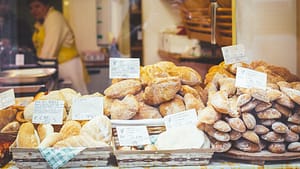Wait! Before you throw your junk mail in the recycling bin, could it live a second life? With items you have in your house, you can easily recycle that paper at home! It’s the most fun and simple way to ensure your trash doesn’t end up in the waste stream. So, let’s start seeing our junk mail with a little more possibility!
There’s endless creativity in this simple craft that’ll have adults saving their credit card statements and kids holding onto their notebook papers to give a try. All you need is a bunch of looseleaf paper—even cardboard from packaged items—some water, and something to strain it with, and soon, you’ll have your own handmade recycled paper to use in all sorts of ways. We’ll get more into the specifics below!

Finally, something to do with that newspaper you get but never subscribed to.
I don’t know about you, but most of the mail that I get is credit cards asking me to sign up, bank statements that still come even though I selected “paperless” and a newspaper that every resident in the city I live in gets without asking for. Two of these items make me a bit nervous to throw in the recycling as-is, with all of my information on them, and the other makes me feel guilty every week when I throw it directly in the blue bin. So, coming across how easy it is to actually make your own paper—with materials that are super accessible no matter your income level—has made me a lot more excited about surprise junk mail.
Waste is a resource!
The more that each of us begins reusing our waste in creative ways like this, the less we’ll be buying needless items. Instead of purchasing a brand new notebook when you’re done with the one you’re currently using, why not recycle those pages and have a new, even cooler one? I’ve often made small books by stacking pages on top of each other, using a hole punch to make some holes along one side, and then some yarn to tie through them. Boom: notebook.
The less that we buy, the bigger the collective signal it sends to the large corporations—the ones who can really make the biggest difference when it comes to reducing waste. And the more chances for conversation that each of us can have about what’s really happening in the recycling industry and how we can lower our contributions on an individual level, the better.
Try this out as a project with your children, or as a fun date night with a friend or partner! It’s a great way to get creative together and discover how an item that is so popular in our world is actually made.
Most of the time, what we’ve been taught to view as garbage is actually an asset, just waiting for us to have the ability to see it.
Here’s how zero-waste content creator Gittemary Johansen made her own paper using the embroidery hoop and cheesecloth method in this video from NowThis Earth:
So easy, right?! For more zero-waste hacks, I highly suggest checking out Gittemary’s channel and subscribing. And for more great content from NowThis Earth, head on over to theirs!
Why should you make handmade paper?
Paper is a staple (get it?) in all of our recycling knowledge. While a lot of us probably can’t name which of the 7 plastics can be recycled where off of the top of our heads, paper is usually thrown in the blue bin without much hesitation. There’s a lot of confidence behind our knowledge that paper is, in fact, recyclable, and all of our old homework and gas bills are heading off to start a new life. But are they actually getting recycled? What happens when they take the blue bin away?
Paper goods account for nearly half of the recyclable goods recovered in the United States by weight, according to the U.S. Environmental Protection Agency. “About forty-three million tons of paper and paperboard were recovered in 2013—a recycling rate of about 63 percent.” 2
This overwhelms our in-country recycling system, so in the past, most facilities would send paper goods off to China to be recycled in order to satisfy the demand. In recent years though, China’s laws for what waste is able to come into their facilities from overseas have become more strict, leaving U.S. facilities with tons of paper they don’t know what to do with. Sadly, that means a lot of the well-intentioned recycling still ends up in the landfill. 3
Now, I’m not going to try to convince you that recycling paper at home is going to solve all of these problems—they aren’t just going to go away overnight because one person made some paper. But it’s a great way to start a dialogue about the problems we’ve just highlighted and the new ways that we can think about our “waste” products!
Get your DIY on!
As you’ve seen, the process of recycling your paper is surprisingly pretty simple. Mash up all of your scrap papers into a mushy pulp, put that in water and then have some sort of surface to fish the pulp out and form it into a flat paper-esque shape.
It goes like this:
- Cut the paper you’d like to recycle up into strips or small chunks. Ripping it is cool, too, and will probably feel very good.
- Soak chunks in water
- Run through a blender or mash up with a mortar and pestle until it’s a pulpy paste. Obviously, the blender will be faster, but I feel the physical smashing would be very soothing. (Both items can easily be found at second-hand shops. You don’t really want to use your food-blender for this because of chemicals that could be in the paper.)
- Prepare a basin of water and mix your pulp into it. You can also add other items to spruce up your paper! Dried flowers, leaves, glitter, other paper, seeds—quite literally whatever strikes your fancy—can be used.
- Use a mold and deckle to collect a nice layer of your pulpy soup. Don’t be overwhelmed by “mold and deckle”—they’re really easy to make. A lot of people use two picture frames with a window screen stapled to one for this, and you can even use an embroidery hoop and some cheesecloth like the person does in the video above! Anything that can scoop, hold, form, and strain can work. Use your imagination!
- Flip over onto a towel. Then, use a sponge to soak up as much water from the back of the mold as possible.
- Lift mold off, releasing your fresh sheet of paper, and let dry!
Want to see a few other creative ways people are reusing their waste for good? Check out these articles next!
Heroes from Table Scraps: How Oysters Are Protecting NYC!
New York Harbor is the cleanest it’s been in over a century and it’s thanks to a delicacy many of us love to slurp down…oysters! Using nature’s knowhow, table scraps, and a little ingenuity, oysters are bringing life back to polluted waters and protecting one of America’s most beloved cities!
Read Article Watch Video Listen to PodcastTurning Chopsticks into Tables—Rethinking the Value of “Waste”
You will never look at your take-out chopsticks the same again. Now, they could become your dining room table or beautiful shelving unit! Here’s a company that is radically redefining the value of our waste items, and creating a new, sustainable path forward for all of us along the way.
Read Article Watch Video Listen to PodcastCould Your Water Bottle Become a Monk’s Robes?
Hundreds of tons of plastic waste have never looked so good! By transforming plastic refuse collected from around the country into a fiber, this monastery in Thailand is helping us rethink the life cycle of our plastic! Could recycling actually just be the beginning of a new exciting journey? Check this out.
Read Article Watch Video Listen to PodcastAs always, my friend, stay open to new possibilities! And please tag us in your posts on social media when you make and show off your own paper—we’d love to see it.
- Sam

Don’t miss out on a single article!
Enjoy unlimited access to over 500 articles & podcast that give you a positive perspective on the state of the world and show you practical ways you can help.
Notes:
- NowThis Earth. “How to Make Recycled Paper at Home.” YouTube, 18 Apr. 2021, www.youtube.com/watch?v=FO1b6QGuzKs. Accessed 4 May 2021. ↩
- US EPA, OSWER, Office of Resource Conservation and Recovery. “Frequent Questions | Paper Recycling | US EPA.” Epa.gov, 2013, archive.epa.gov/wastes/conserve/materials/paper/web/html/faqs.html. Accessed 4 May 2021. ↩
- “Your Recycling Gets Recycled, Right? Maybe, or Maybe Not (Published 2018).” The New York Times, 2021, www.nytimes.com/2018/05/29/climate/recycling-landfills-plastic-papers.html. Accessed 4 May 2021. ↩








